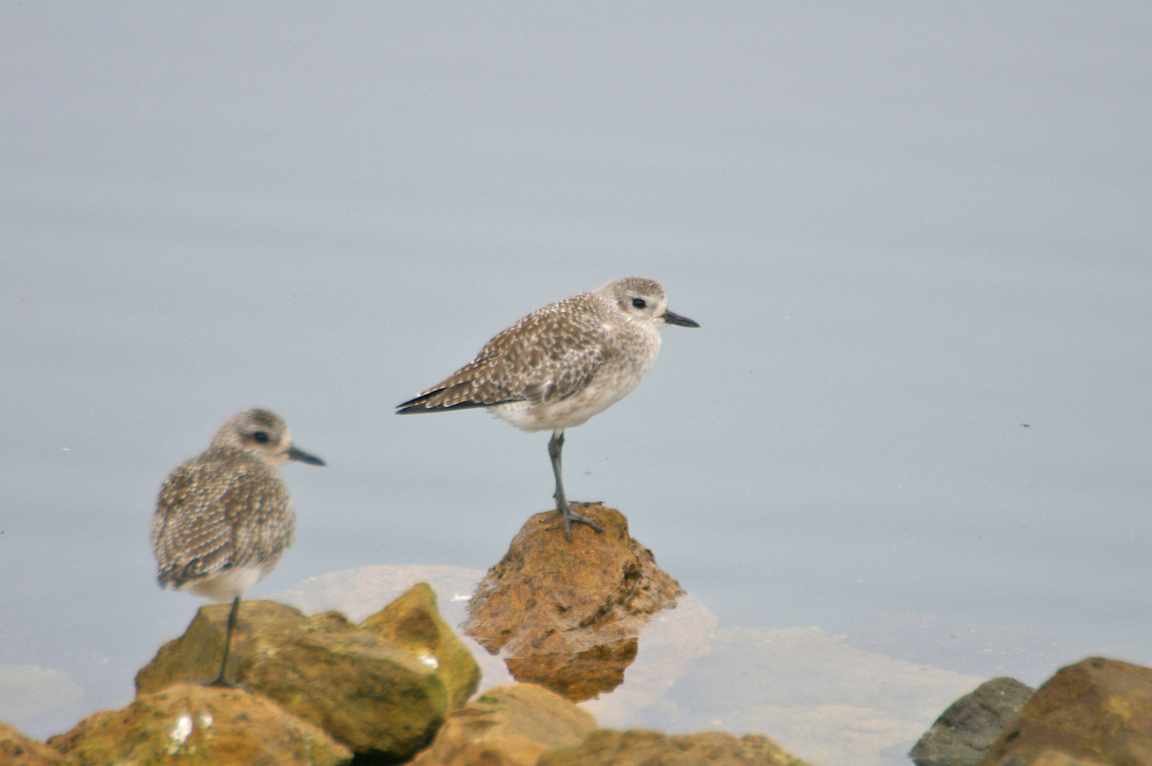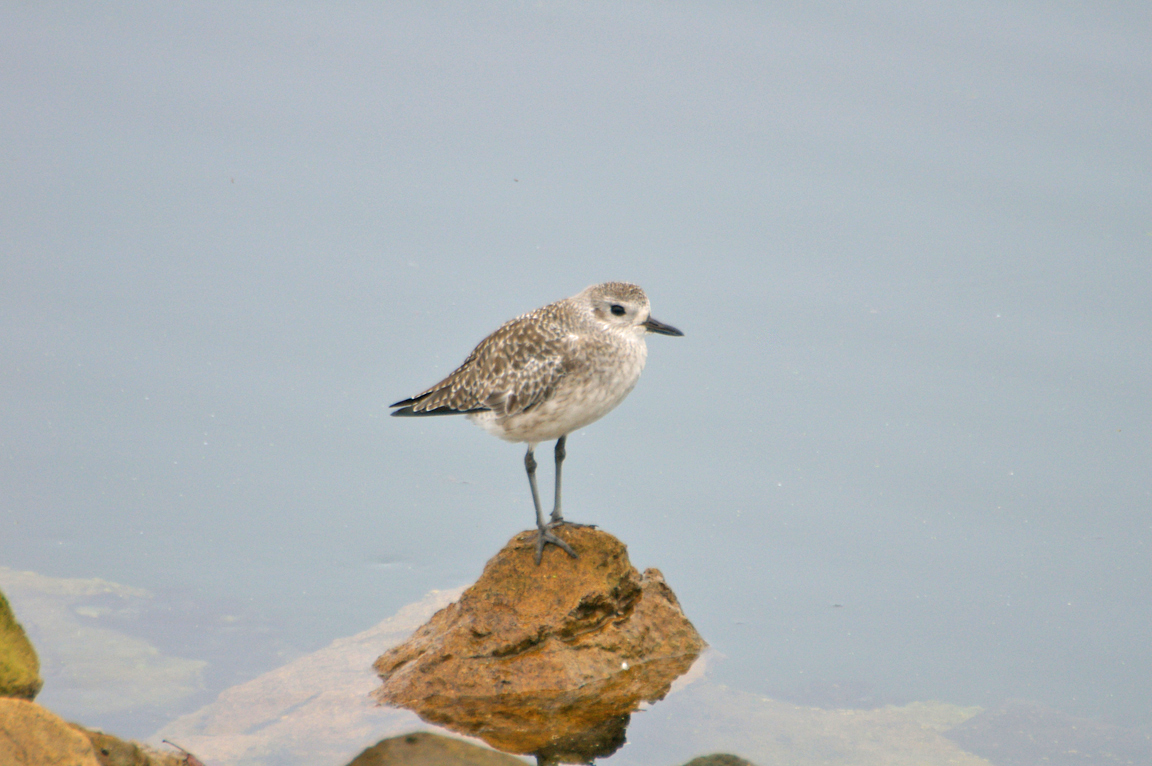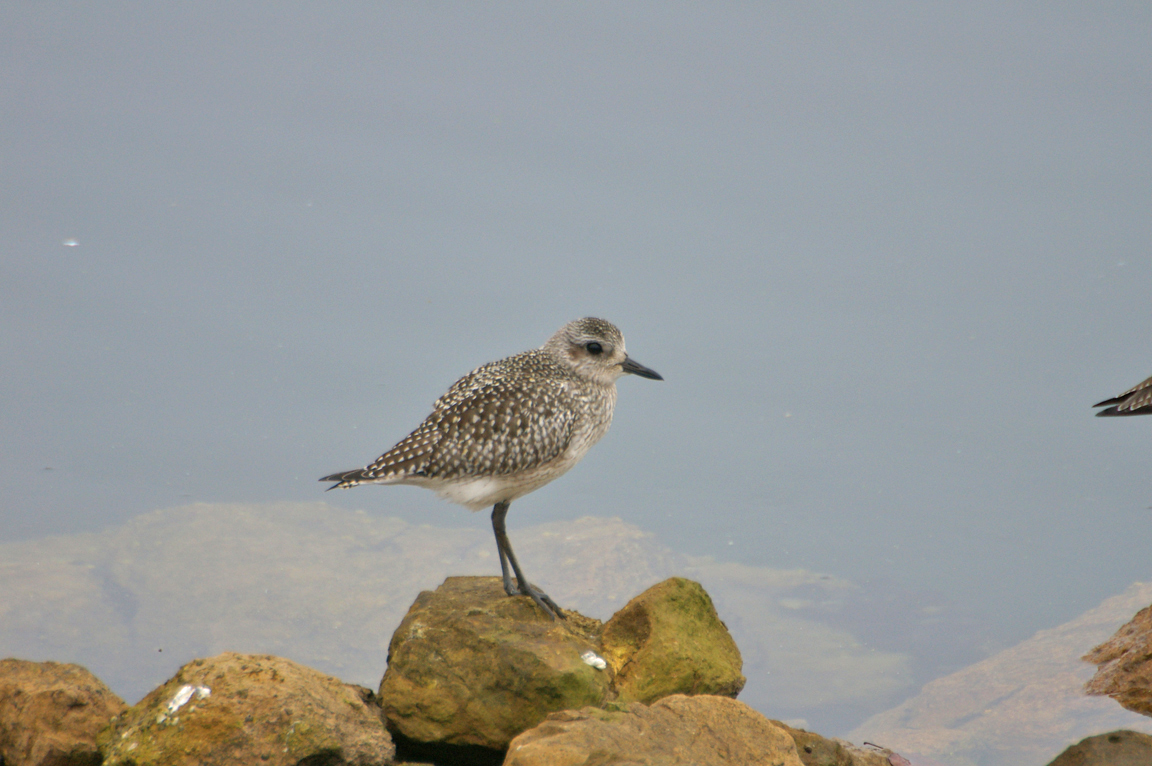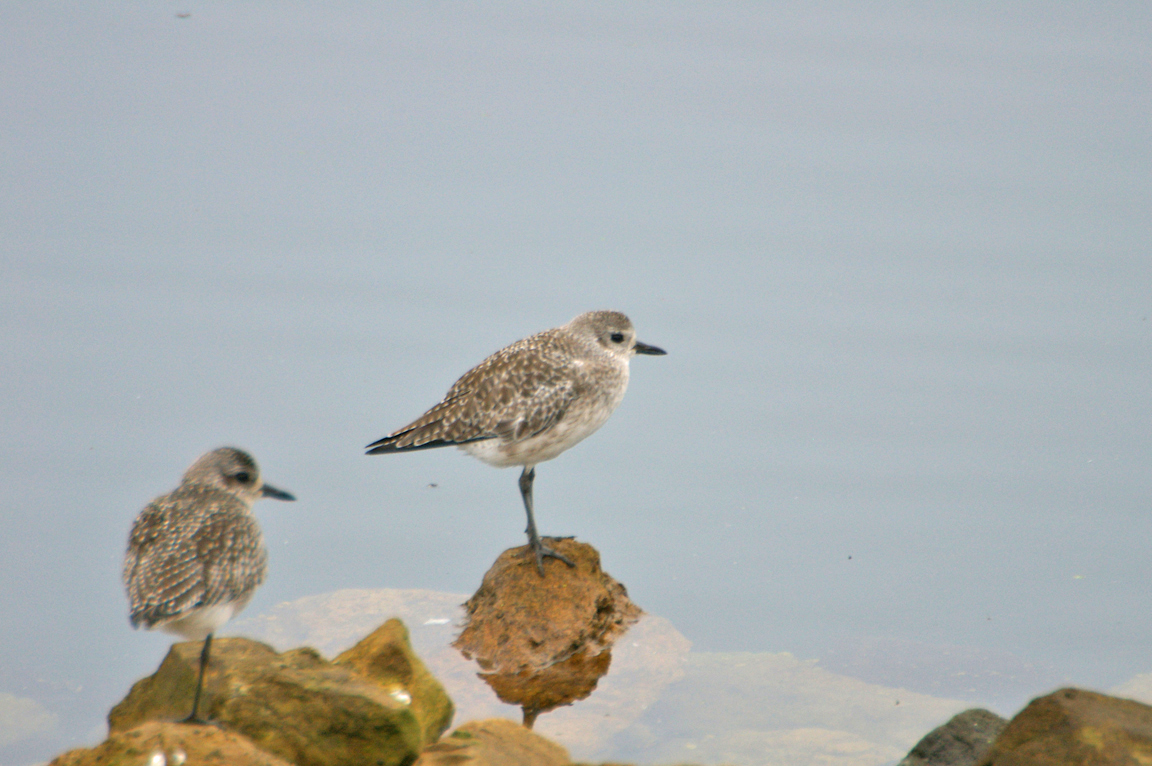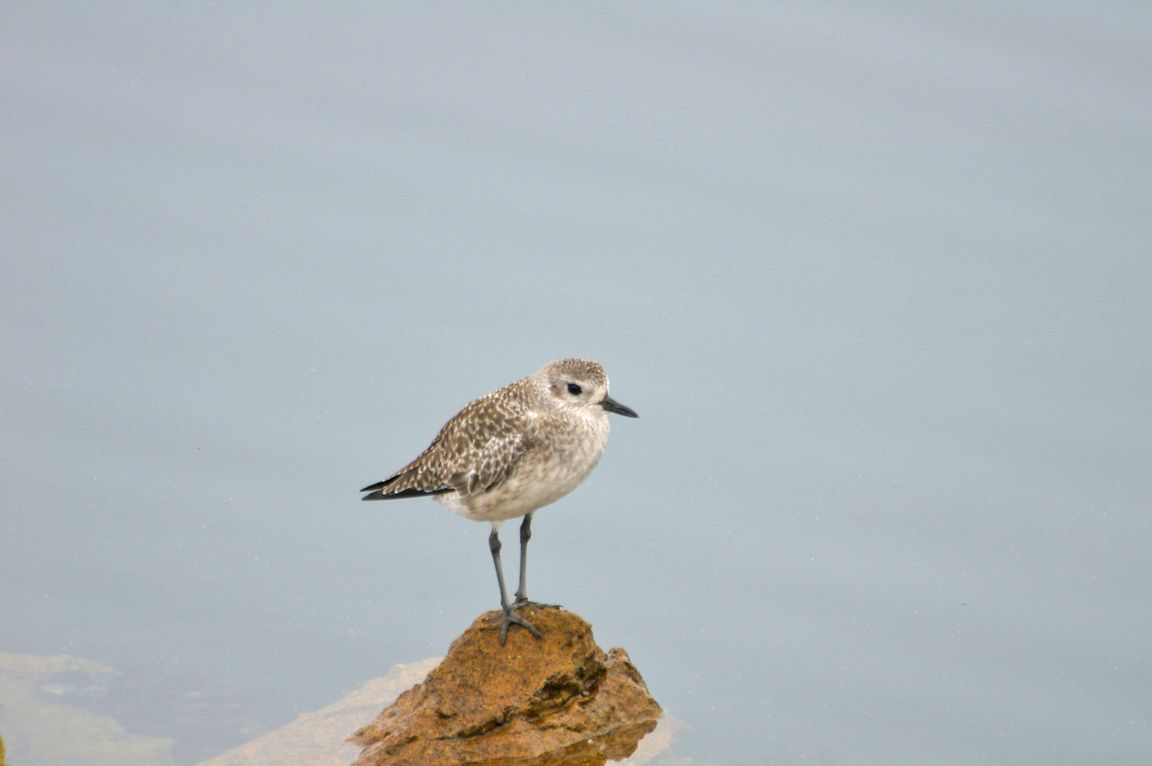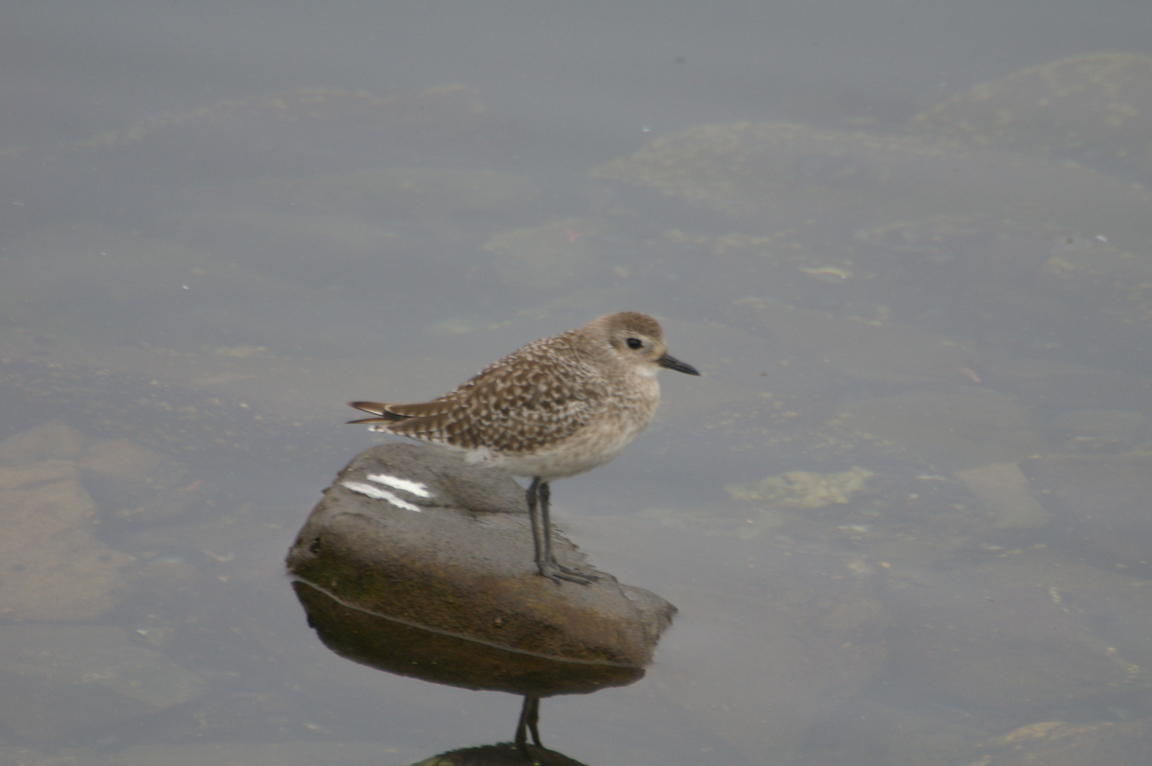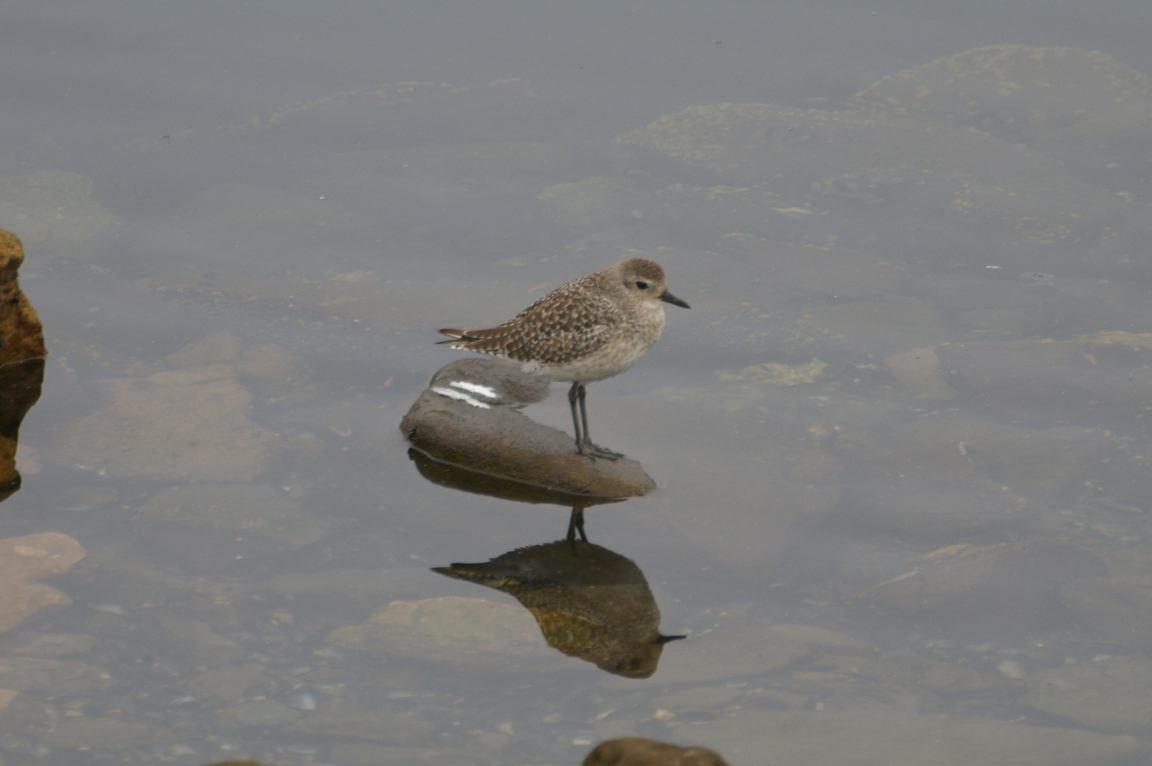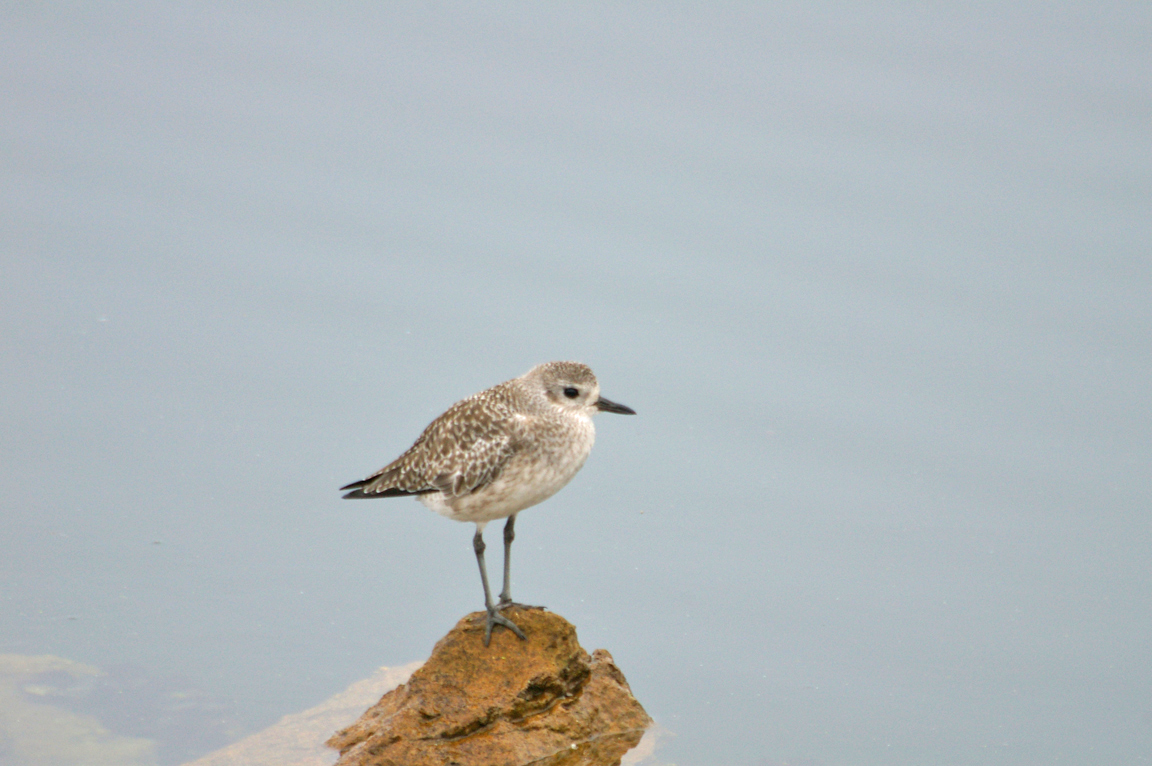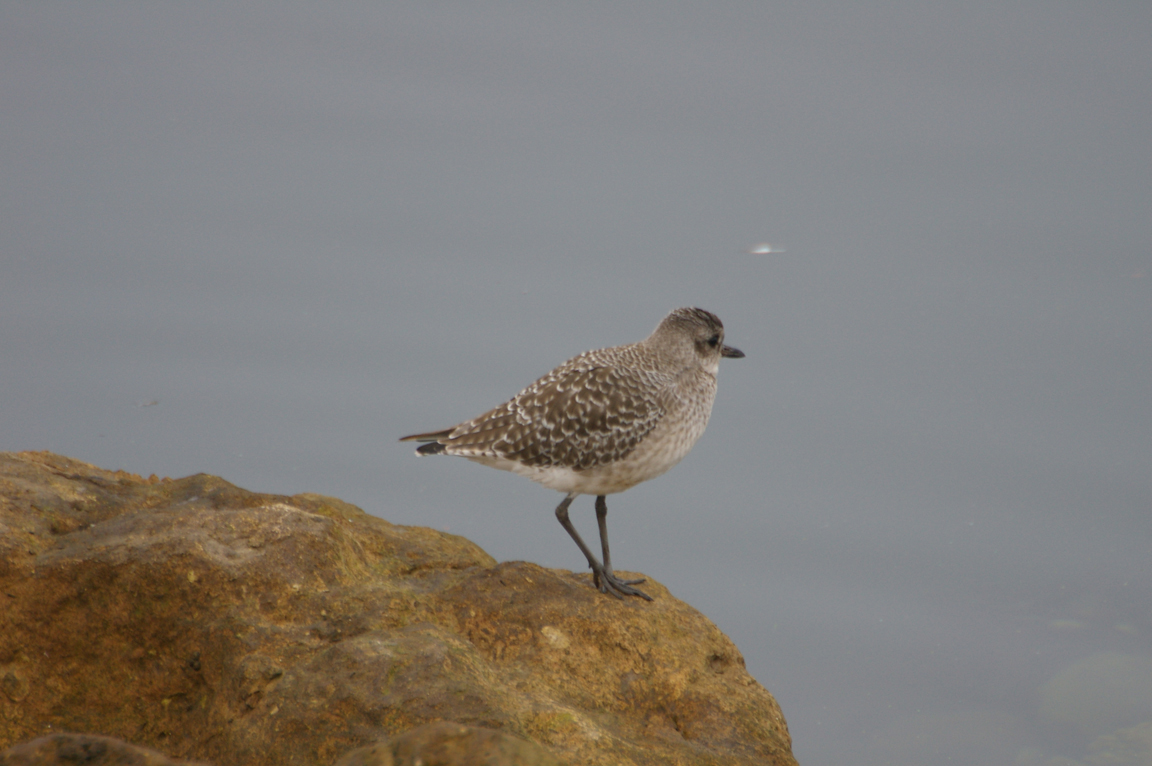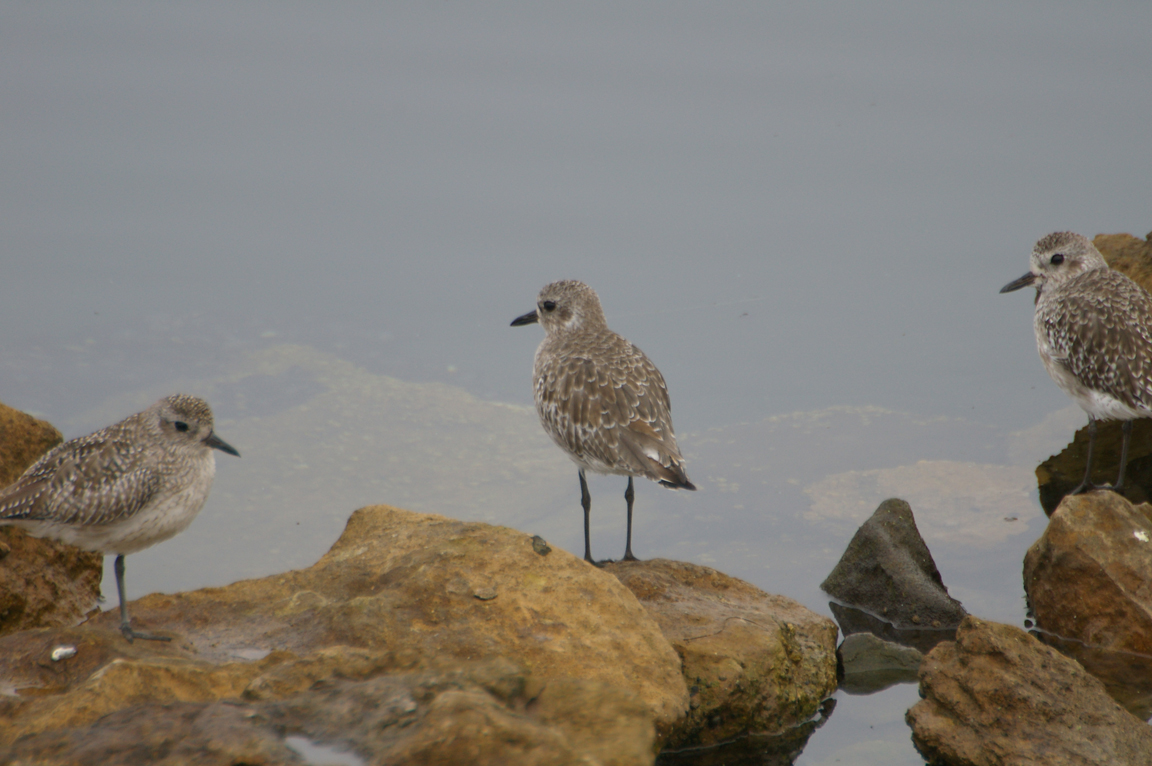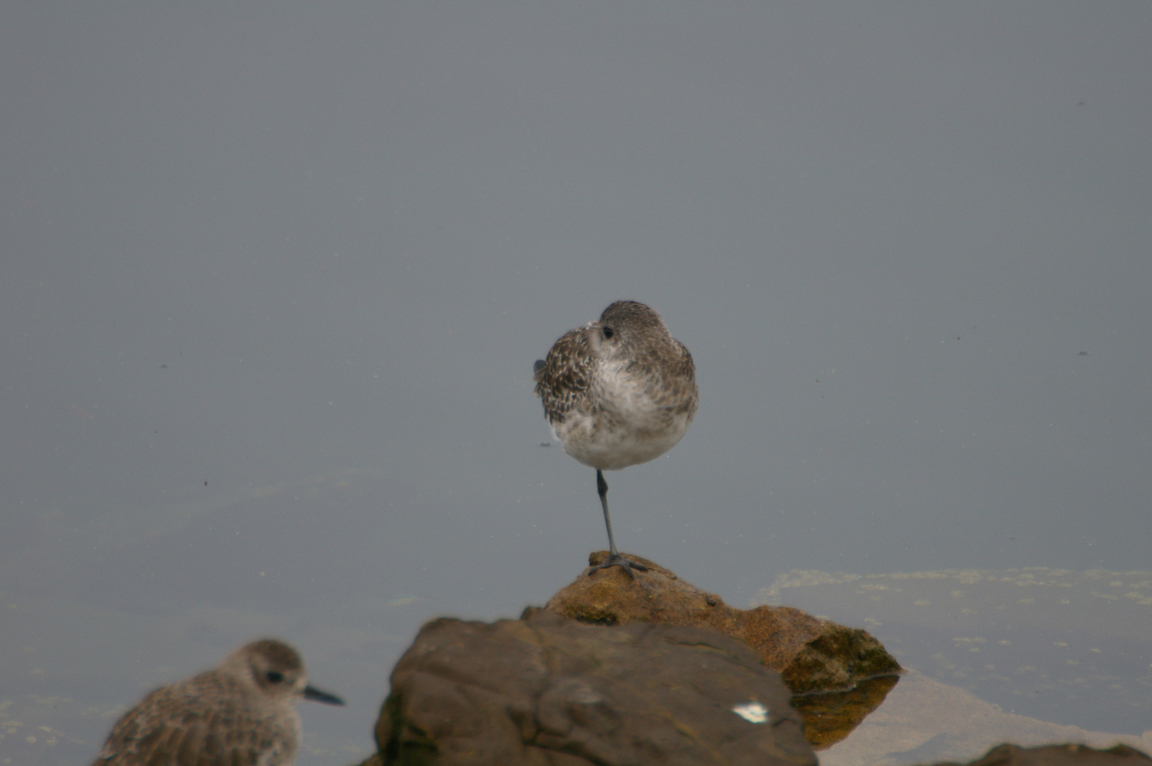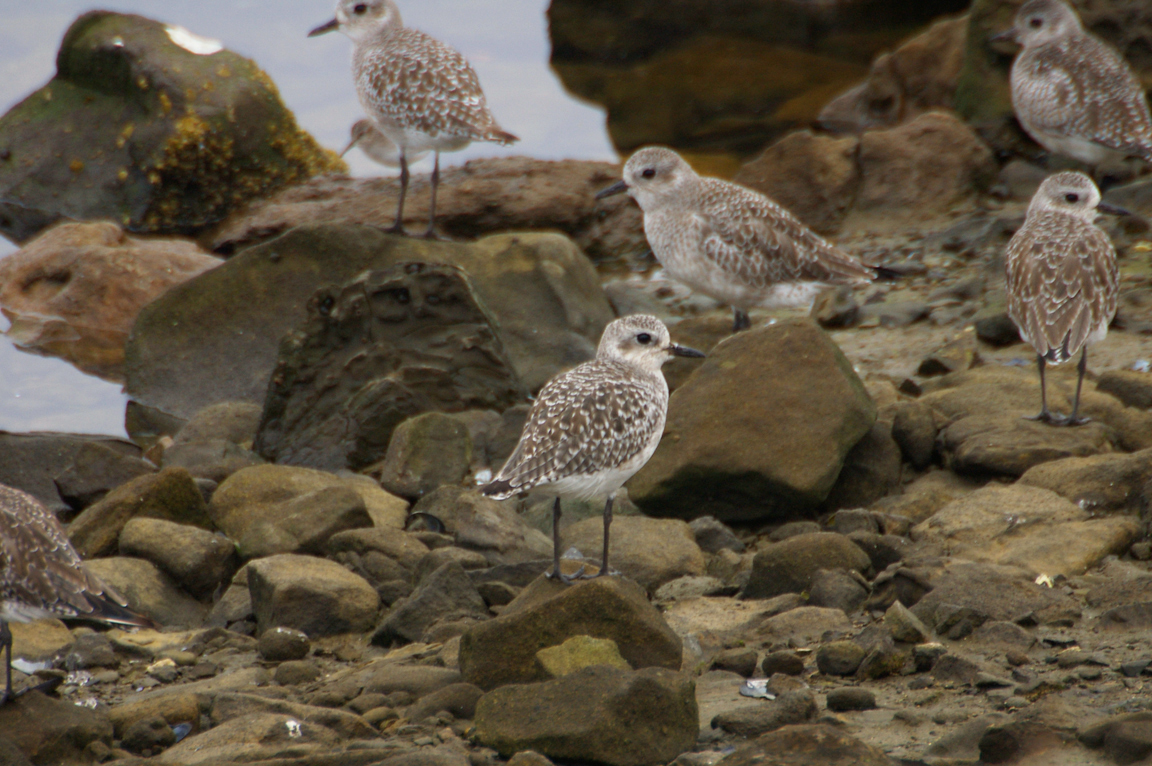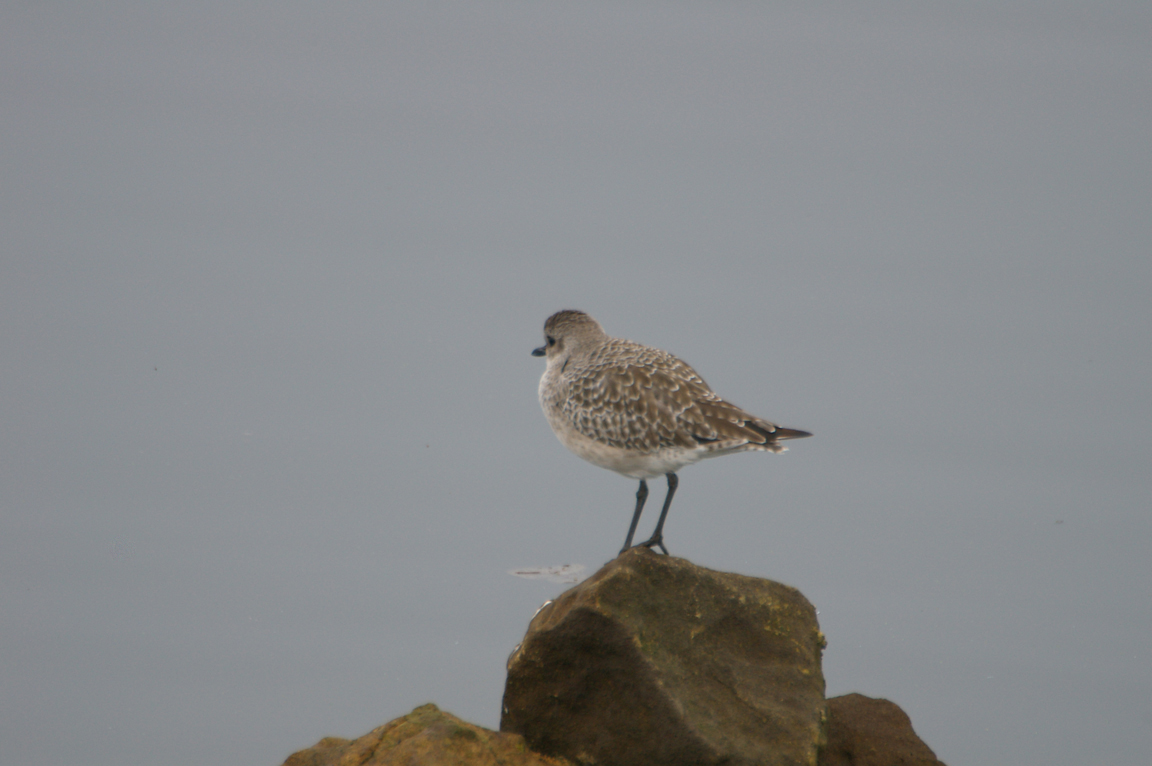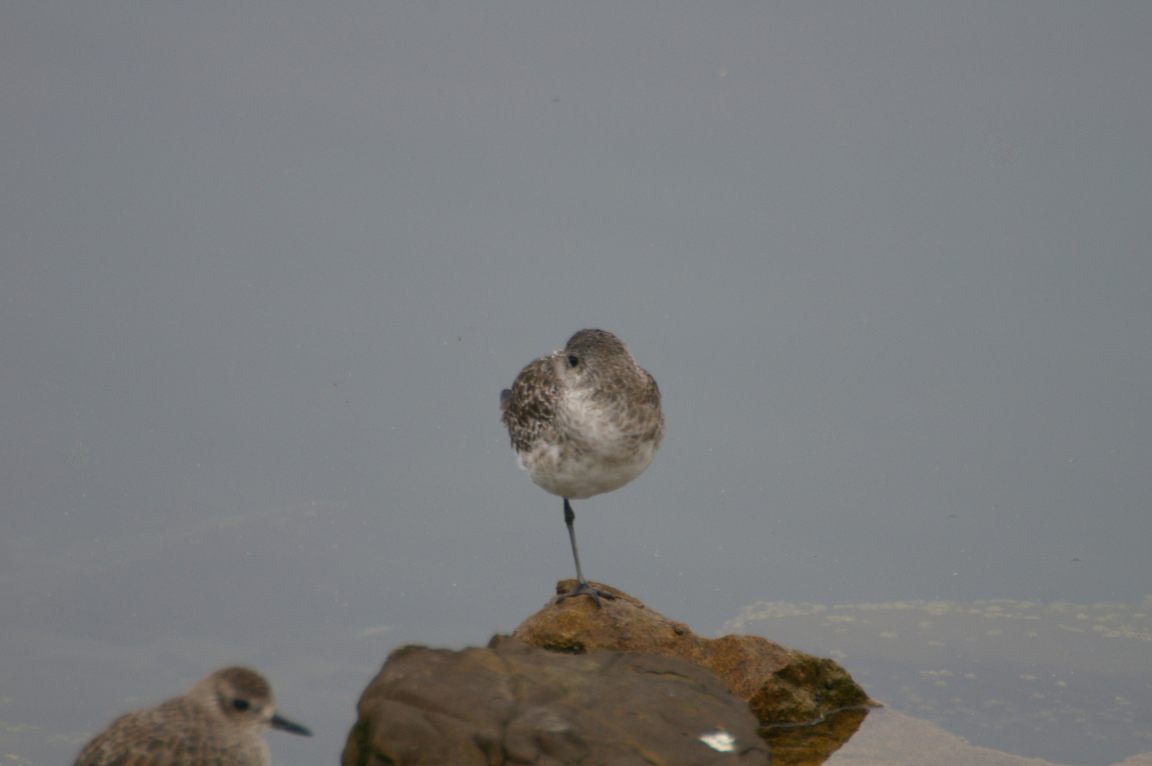|
|
|
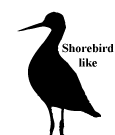 |
Black-bellied Plover
|
| Pluvialis squatarola | |
A large shorebird of coastal beaches, the Black-bellied Plover is striking in its black-and-white breeding plumage. It is the largest plover in North America and can be found along the coasts in winter northward to Massachusetts and British Columbia.
Interesting Information
-
Wary and quick to give alarm calls, the Black-bellied Plover functions worldwide as a sentinel for mixed groups of shorebirds. These qualities allowed it to resist market hunters, and it remained common when populations of other species of similar size were devastated.
-
The Black-bellied Plover may be more sensitive to disturbance than many other birds because it is especially wary, flushing from the nest or feeding and roosing sites when potential predators are still far away. Nevertheless, no evidence exists for desertion of the nest or roost sites because of disturbance.
-
The Black-bellied Plover is the only American plover that has a hind toe on its foot. The hind toe, however, is so small that it is difficult to see in the field.
Description
Adult Description
-
Medium-sized to large shorebird.
-
Legs moderately long.
-
Neck short.
-
Bill short.
-
Head large and rounded.
-
Gray and black on back.
-
In breeding plumage, black from face to belly.
-
Rump white.
-
Large black spot in armpits.
-
Length Range: 29-33 cm (11.5-13 in)
-
Weight: 221 g (7.8 oz)
-
Size: Medium (9 - 16 in)
-
Color Primary: White, Black
-
Underparts: Black
-
Upperparts: Black and white.
-
Back Pattern: Mottled
-
Belly Pattern: Solid
-
Breast Pattern: Solid
Sex Differences
Male Description
Breeding male with vivid white stripe on either side of neck running from front of crown to wing. Crown pale gray, in palest individuals scarcely distinct from neck stripe, with scattered black spots to rear or heavily marked with black in some. A few males with crowns about as dark as females. Mantle, scapulars, and tertials black with white tips and notches on feathers, looking vividly barred. Lower back gray-brown, variably barred with black. Uppertail coverts white with fairly narrow black bars. Throat, foreneck, breast, and upper belly solid black; lower belly and undertail coverts white. Outermost undertail coverts with few well-defined black spots. Tail feathers white with a few narrow dark brown to black bars.
Female Description
Breeding females vary from almost as bright as males to markedly different. Head and neck stripe distinct in some but not in others. Crown varies from light gray-brown as in winter, to fairly heavily marked with dark brown; never entirely whitish as in male. In plainest females, back drab gray-brown, fringed with paler gray. In some, back heavily barred with dark brown to blackish, but never as vividly black-and-white looking as male. Lower back gray-brown with whitish fringes, uppertail coverts white with light to heavy brown barring. In most extreme individuals, underparts largely black except for lower belly and undertail coverts, but black usually mixed with white, may be thoroughly mottled or even largely white below. Outer undertail coverts often more heavily marked than in male, with dark brown to black spots. Tail feathers white with broad brown bars; tips often tinged brownish.
Immature
Juvenile similar to winter adult, but with heavily streaked breast and sides and complex pattern of pale dots all over upperparts. May be washed with golden brown.
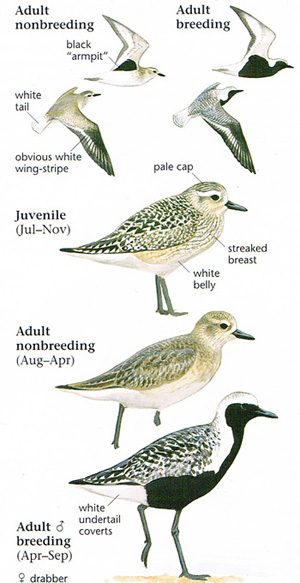
Photo taken from: The Sibley Field Guide by David Allen Sibley
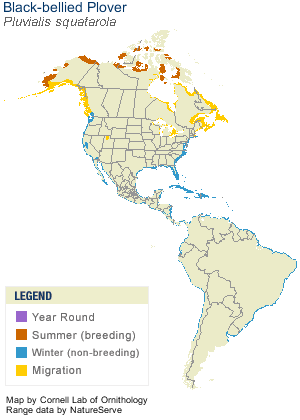
© 2003 Cornell Lab of Ornithology
|
Habitat |
|
Nests in Arctic lowlands on dry tundra. Winters on coastal beaches and estuaries. May use flooded pasture and agricultural land. |
|
Behavior |
|
Moves by stop-run-stop, or stop-run-peck, scanning and capturing prey at stops. Captures prey by single peck or series of pecks. Worms and clams sometimes shaken vigorously in shallow water near capture site to remove mud. |
|
Food |
|
Insects on breeding grounds. Invertebrates, primarily polychaetes (especially slender worms), bivalves, and crustaceans on wintering grounds. |
Taxonomy
| Kingdom: | Animalia |
| Phylum: | Chordata |
| Subphylum: | Vertebrata |
| Class: | Aves |
| Order: | Charadriiformes |
| Family: | Charadriidae |
| Genus: | Pluvialis |
| Species: | Pluvialis squatarola |
Similar Species |
|
The smaller American and Pacific golden-plovers lack white rumps, white wing stripes, and black armpits in all plumages. Juvenile golden-plovers are usually more golden brown on the back (but this is variable, with some Black-bellied Plovers being rather golden) and show a more distinct dark cap. In breeding plumage, golden-plovers have golden brown, not gray backs and have the black belly extending farther toward the tail. |
|
Bird Sound |
|
Call a high slurred whistle, "pee-o-wee." Territorial song a three-syllabled whistle, "kood-i-loo." |
|
Eggs look like this |
|
Photo taken from: ARCTOS Collaborative Collection Management Solution |
